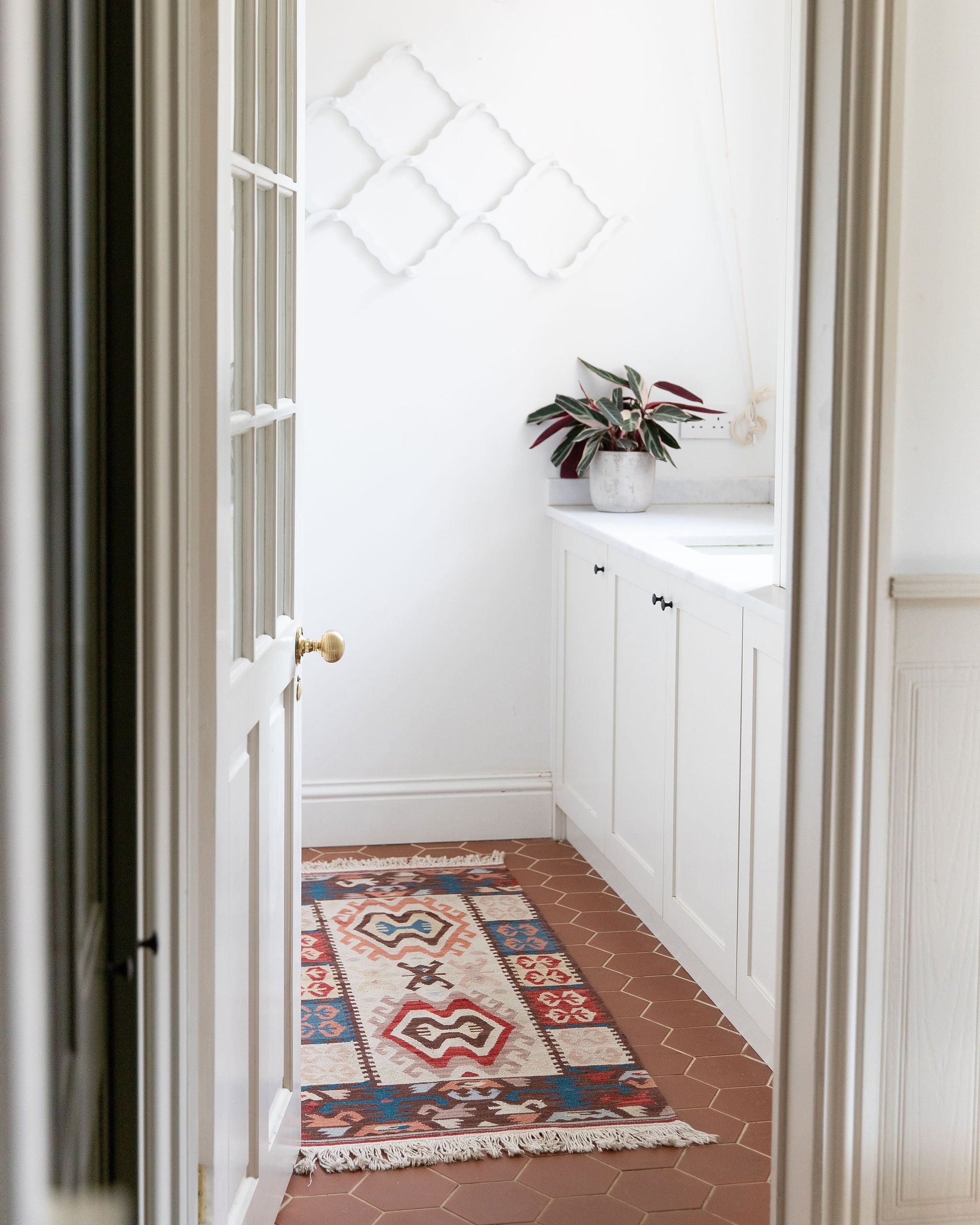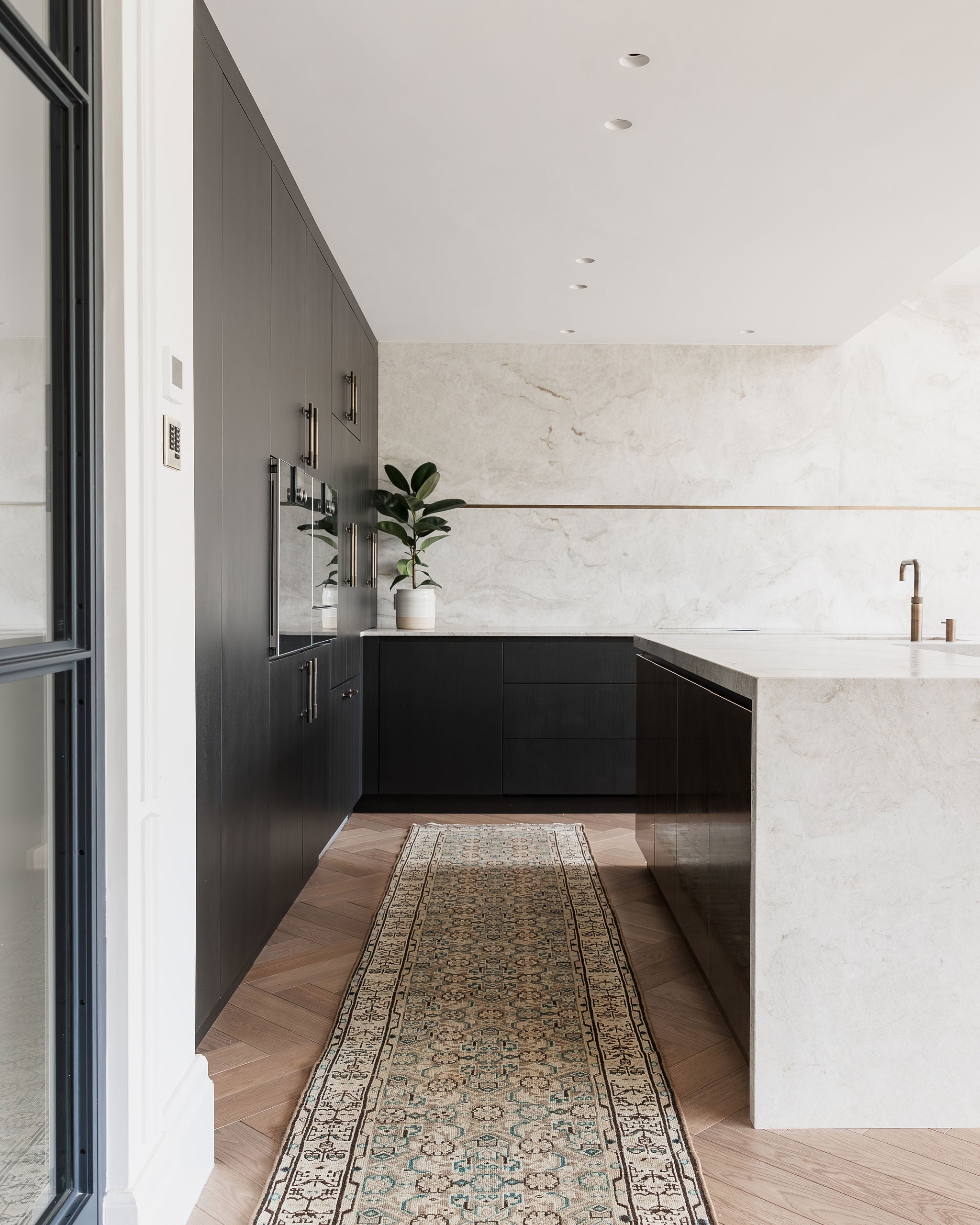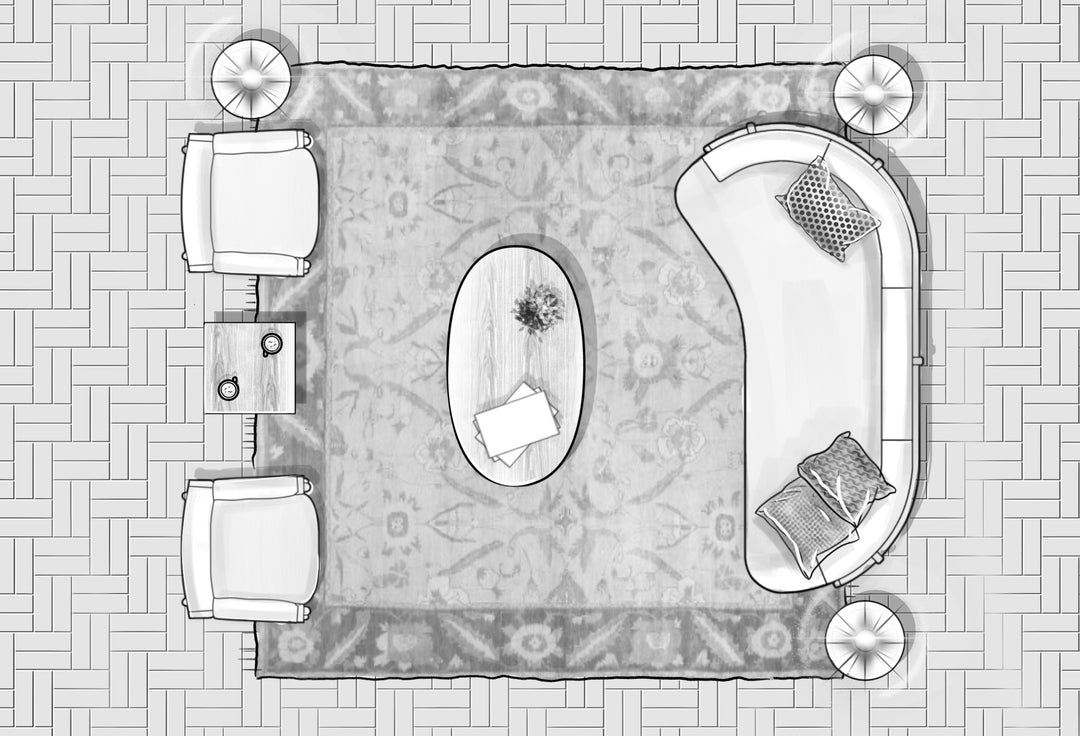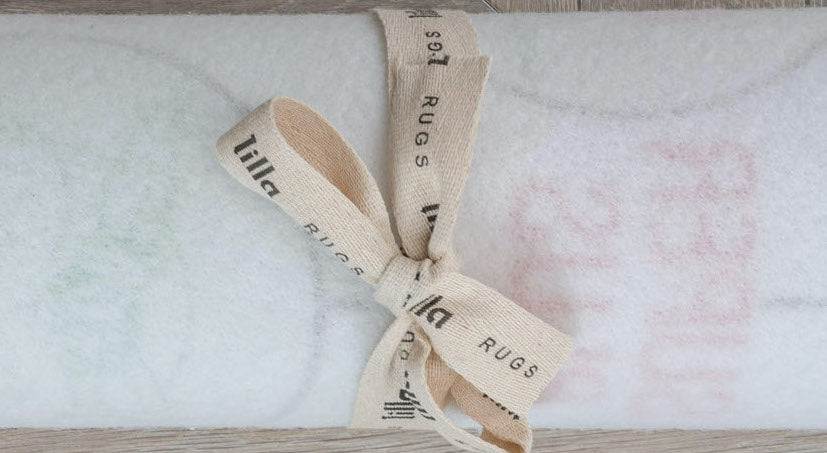The Rugs
All Lilla Rugs are hand-picked from their country of origin. These countries consist of: Iran, Morocco, India, Afghanistan, Pakistan & Turkey. They are all made entirely by hand, as we believe in creating more one of a kind interior spaces, and supporting local weavers in doing so.
WHERE THE RUGS COME FROM
The origins of oriental handmade rugs lies somewhere in Central Asia with the most popular weaving areas being IRAN, AFGHANISTAN, PAKISTAN and the CAUCASUS. Each of these regions produce rugs with a variety of designs and individual weaving styles.
Iran produces some of the highest quality and most luxury rugs in the world, known as Persian rugs. The largest percentage of our collections are Persian rugs, from the vibrant tribal rugs through to the finer quality Nain, Tabriz, Isfahan and Qum silks. These are followed by the Afghan, Pakistan, Indian and Moroccan collections.
It has taken many years to develop the vast and varied stock that Lilla Rugs has the pleasure of accessing. We are part of a family business that has worked closely with teams of trusted weavers for almost thirty years.
Before leaving their country of origin, all of our rugs are first taken to a washing plant to be expertly cleaned and finished. They are then shipped over to our London Warehouse, and if needs be, are washed again on arrival by our London experts.

HOW ARE THEY MADE?
Every Lilla Rug is 100% handmade. There are three key elements to a handmade rug: the warp, the weft, and the pile.
Firstly it's worth noting that Kilim rugs are ever so slightly different. They are 'flatweaves' - by this we mean they only have a warp and a weft. No knots, no pile. To find out how Kilim rugs are made, click here.
With the vast majority of oriental rugs, whether they are tribal or city made, are hand knotted. The weaver ties the material (usually wool or silk) around the warps of the foundation. Once each row of knots is complete, tied one by one, a weft strand is tightly push between the row just complete and the one about to start. This keeps the knot really tightly in place - something we look for when selecting our rugs to ensure they are extra durable.
Ok so what is a warp & a weft?
WARP: The warp is all the threads which, during the weaving process, are stretched parallel between the two horizontal beams of the loom. Usually, cotton is used for the warp. However, tribal rugs use wool, and silk rugs are made from silk thread.
WEFT: The weft consists of threads woven into the warp after each row of knots has been forced down into place with a heavy comb. Like the warp threads, the weft may be cotton, wool or silk. The weft is there to hold the rows of knots parallel, giving the rug a firm structure.
PILE: The visible surface of the rug is called the pile. This consists of tufts of yarn hand knotted into the warp threads. These rows always run across the width of the rug. The pile is usually either wool or silk, or the two materials may be used together.

WHAT MATERIALS ARE USED?
WOOL: The most common material used is wool. It is soft, durable, and a natural resource in the countries where the rugs are made. The highest quality of wool used in rugs is called 'Kork Wool'. This is found in Persian rugs and is known to be the softest type or wool as it is taken only from the shoulder area.
COTTON: The foundation of the majority of handmade rugs is made from Cotton. With the exception with many tribal rugs, that are on a wool foundation.
SILK: in the most luxury and high quality rugs, you'll find silk. It is extremely strong and beautifully soft to touch. It also gives such incredible detail and intricacy to a design.










